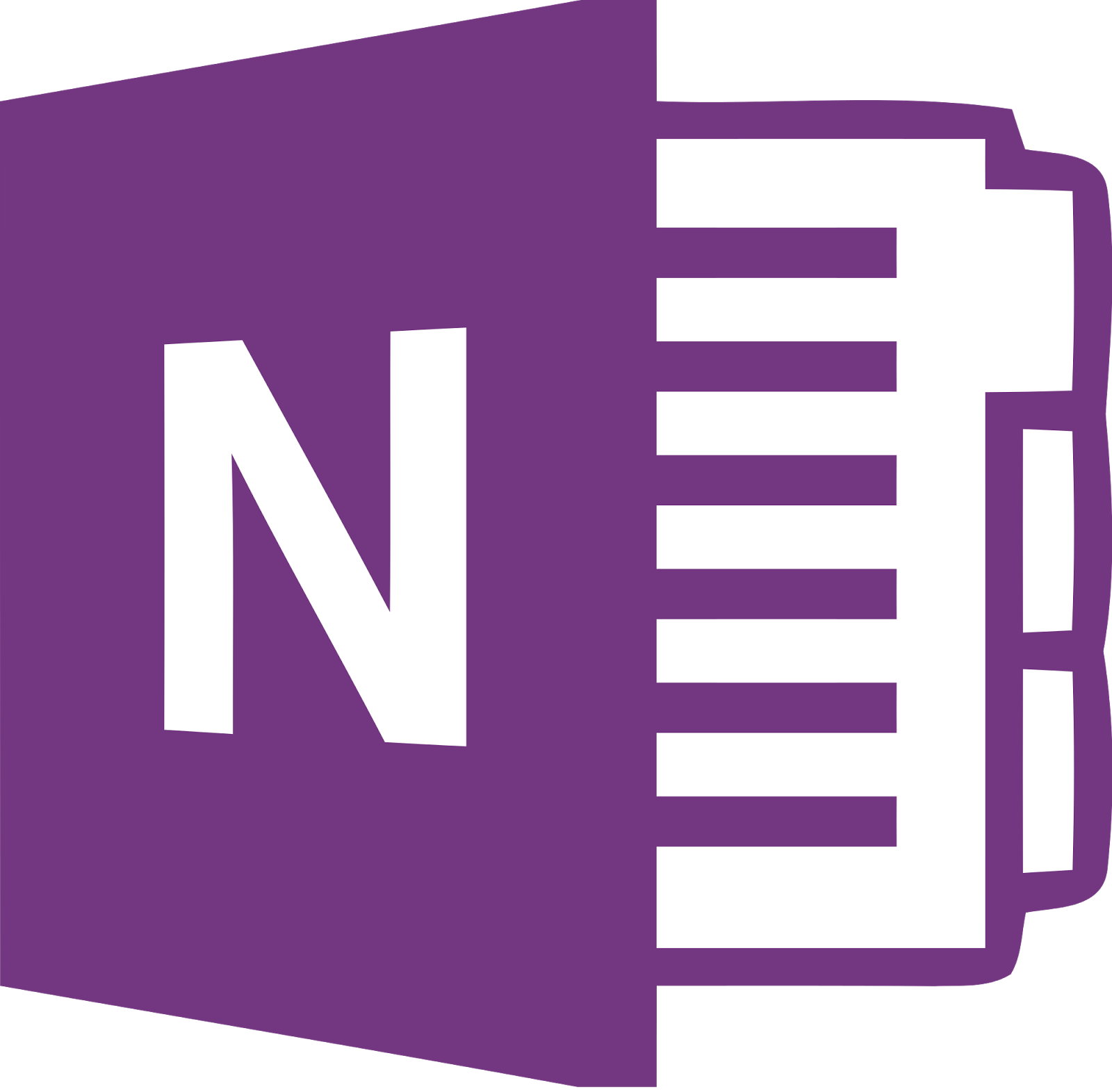Table of Contents:
- Introduction to Microsoft OneNote
- What is OneNote?
- Why Use OneNote?
- Getting Started with OneNote
- Creating and Organizing Notebooks
- Creating a New Notebook
- Sections and Section Groups
- Pages and Subpages
- Notebook Navigation
- Taking Notes
- Typing Text Notes
- Handwriting and Drawing
- Inserting Pictures and Files
- Audio and Video Notes
- Formatting and Editing
- Text Formatting
- Lists and Bullets
- Tables and Spreadsheets
- Tags and Symbols
- Organization and Search
- Using Tags for Organization
- Searching for Notes
- Note Links and References
- Collaboration and Sharing
- Sharing Notebooks
- Collaborative Editing
- Version History
- Integration with Other Apps
- Outlook Integration
- Microsoft To-Do Integration
- Clipping Web Content
- Advanced Features
- Templates
- Customizing OneNote
- Recording Meetings and Lectures
- Math Equations
- OneNote Tips and Shortcuts
- Keyboard Shortcuts
- Tips for Productivity
- Troubleshooting
- Common Issues and Solutions
- Syncing Problems
- Recovering Deleted Notes
- Conclusion and Resources
1. Introduction to Microsoft OneNote
What is OneNote?
Microsoft OneNote is a digital note-taking application that allows users to create, organize, and manage notes in a digital notebook format. It’s designed to mimic the experience of taking notes in a physical notebook while offering a wide range of digital features and capabilities.
Why Use OneNote?
- Digital Organization: OneNote helps you organize your notes, ideas, and information in a structured and searchable way.
- Versatility: It supports typed notes, handwritten notes, drawings, audio recordings, and more.
- Cross-Platform: OneNote is available on Windows, macOS, iOS, Android, and via web browsers, allowing you to access your notes from anywhere.
- Integration: It seamlessly integrates with other Microsoft Office applications and services.
Getting Started with OneNote
- Installation: OneNote may come pre-installed with Microsoft Office, or you can download it from the Microsoft website or app store.
- Sign In: Sign in with your Microsoft account or create one.
- First Run: On the first run, create a new notebook or open an existing one.
- User Interface: Familiarize yourself with the OneNote interface, including the ribbon, notebooks, sections, and pages.
2. Creating and Organizing Notebooks
Creating a New Notebook
- Click on “File” > “New” > “Notebook.”
- Give your notebook a name and choose where to save it (OneDrive, your computer, or SharePoint).
- Click “Create.”
Sections and Section Groups
- Sections are like tabs in a physical notebook. Create them to organize your content further.
- Use section groups to group related sections together.
Pages and Subpages
- Pages are where you write your notes. Create them within sections.
- Subpages help organize content hierarchically.
Notebook Navigation
- Use the sidebar to switch between notebooks, sections, and pages.
- Click on “Recent” to access recently viewed notebooks and notes.
3. Taking Notes
Typing Text Notes
- Click on a page.
- Start typing to create a text note.
- Use formatting options in the ribbon to style your text.
Handwriting and Drawing
- Use a stylus or a compatible device to draw and write by selecting the “Draw” tab.
Inserting Pictures and Files
- Click “Insert” to add pictures, files, attachments, and more.
Audio and Video Notes
- Record audio or video notes by clicking “Insert” > “Audio” or “Video.”
4. Formatting and Editing
Text Formatting
- Highlight text, change font size and style, apply bold/italic/underline, and adjust colors.
Lists and Bullets
- Create numbered or bulleted lists using the formatting options.
Tables and Spreadsheets
- Insert tables for structured data using the “Table” tab.
Tags and Symbols
- Use predefined tags (e.g., To-Do, Important) to mark notes. Find them in the “Tags” gallery.
5. Organization and Search
Using Tags for Organization
- Assign tags to notes for easy categorization. Customize tags as needed.
Searching for Notes
- Use the search box in the top-right corner to find notes quickly. OneNote will search text, tags, and even text within images.
Note Links and References
- Create links to other notes or external websites within your notes.
6. Collaboration and Sharing
Sharing Notebooks
- Click on “File” > “Share.”
- Enter email addresses of collaborators.
- Set permissions (View or Edit).
- Click “Share.”
Collaborative Editing
- Collaborators can edit notes in real-time when shared.
Version History
- Access version history to review changes made to notes.
7. Integration with Other Apps
Outlook Integration
- OneNote integrates with Outlook for email and calendar management.
Microsoft To-Do Integration
- Create tasks from your notes and sync them with Microsoft To-Do.
Clipping Web Content
- Use the OneNote Web Clipper browser extension to save web content directly to OneNote.
8. Advanced Features
Templates
- Apply templates for consistency in formatting and note-taking.
Customizing OneNote
- Customize your toolbar, set defaults, and configure your view.
Recording Meetings and Lectures
- Use the “Record Audio” or “Record Video” feature during meetings or lectures.
Math Equations
- Insert and solve math equations using the built-in math tools.
9. OneNote Tips and Shortcuts
Keyboard Shortcuts
- Learn common keyboard shortcuts for efficiency.
Tips for Productivity
- Explore productivity tips, like using templates and tags effectively.
10. Troubleshooting
Common Issues and Solutions
- Troubleshoot common problems like sync issues and missing notes.
Syncing Problems
- Resolve syncing problems by checking your internet connection and account settings.
Recovering Deleted Notes
- Restore accidentally deleted notes from the OneNote recycle bin.
11. Conclusion and Resources
Microsoft OneNote is a versatile and powerful tool for note-taking and digital organization. It can adapt to various note-taking styles and preferences. This comprehensive guide should help you get started and make the most of its features. Explore more advanced capabilities and options to tailor OneNote to your specific needs.
For additional help, visit the official Microsoft OneNote support page or refer to the official OneNote documentation

